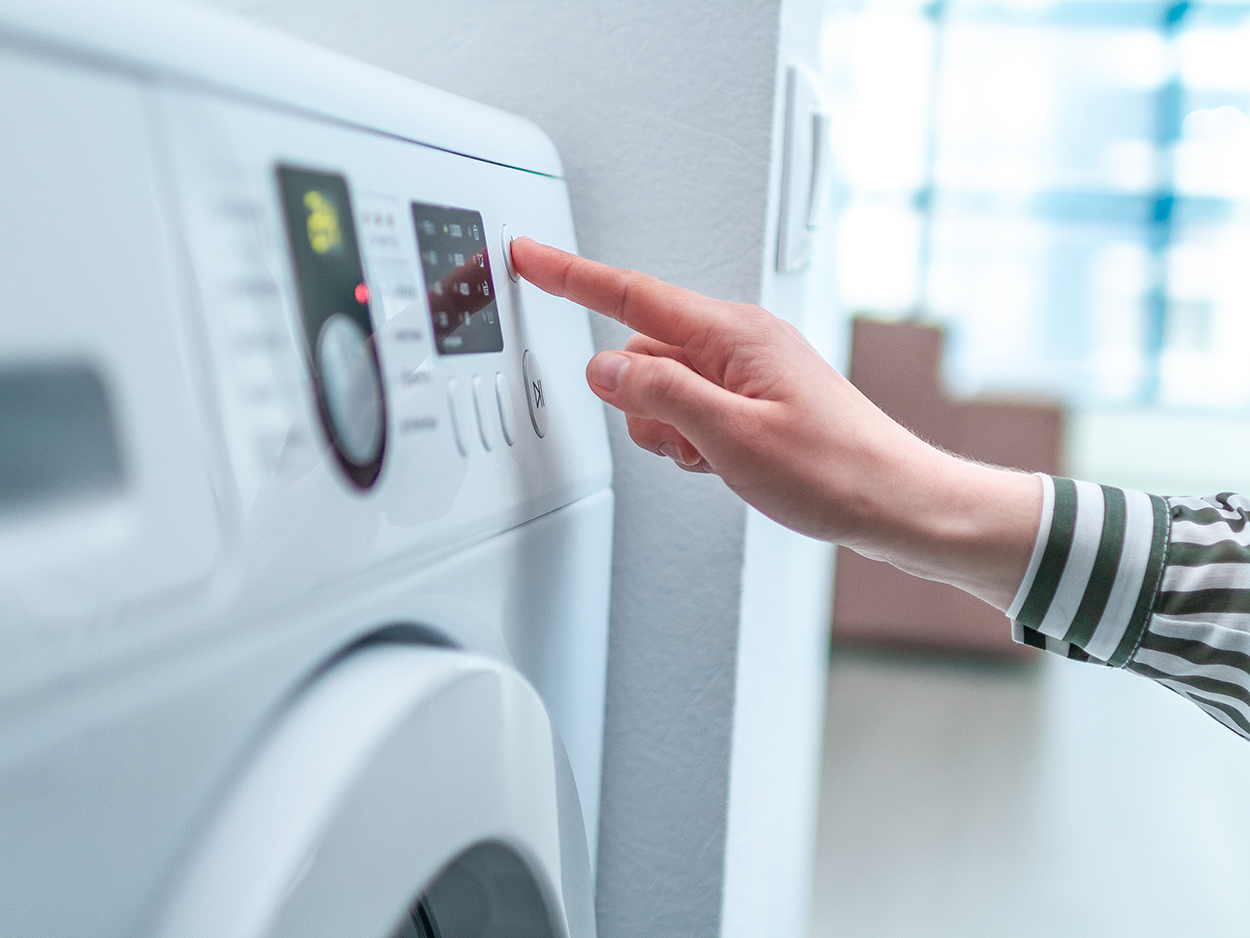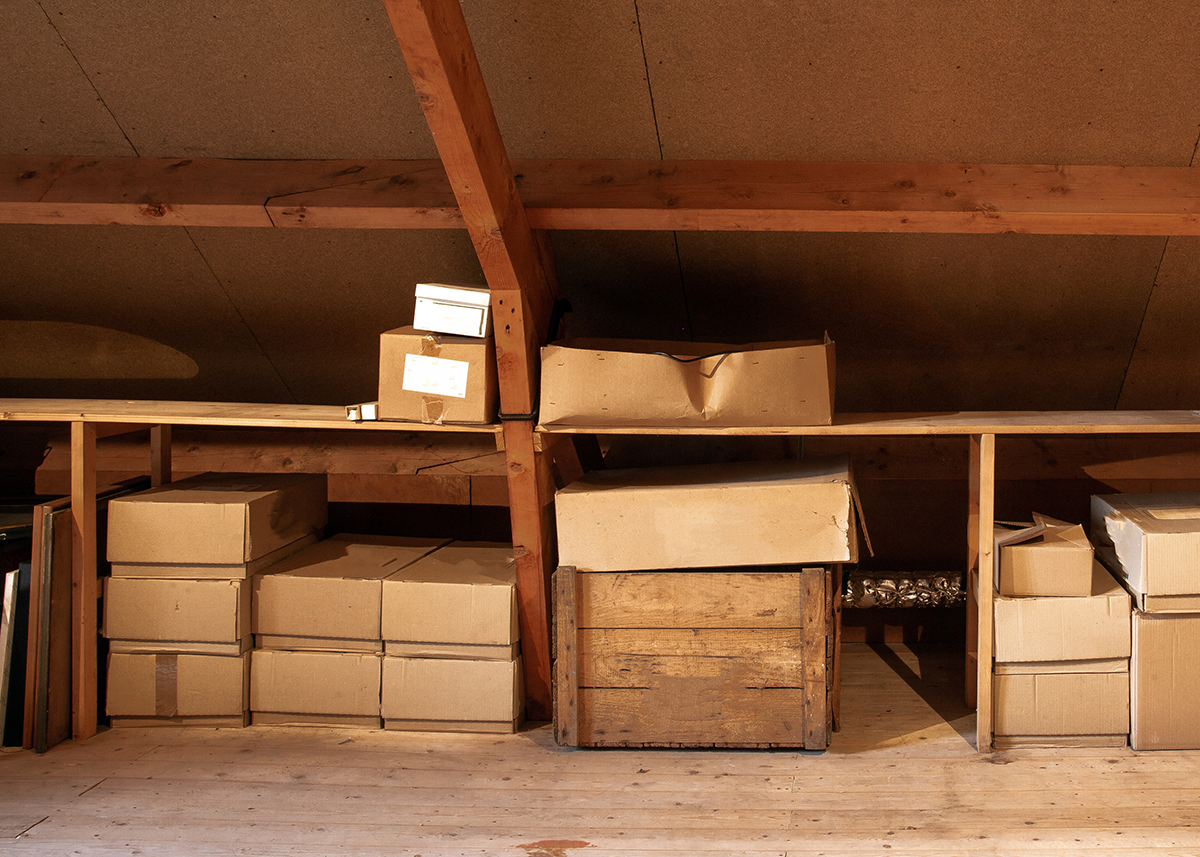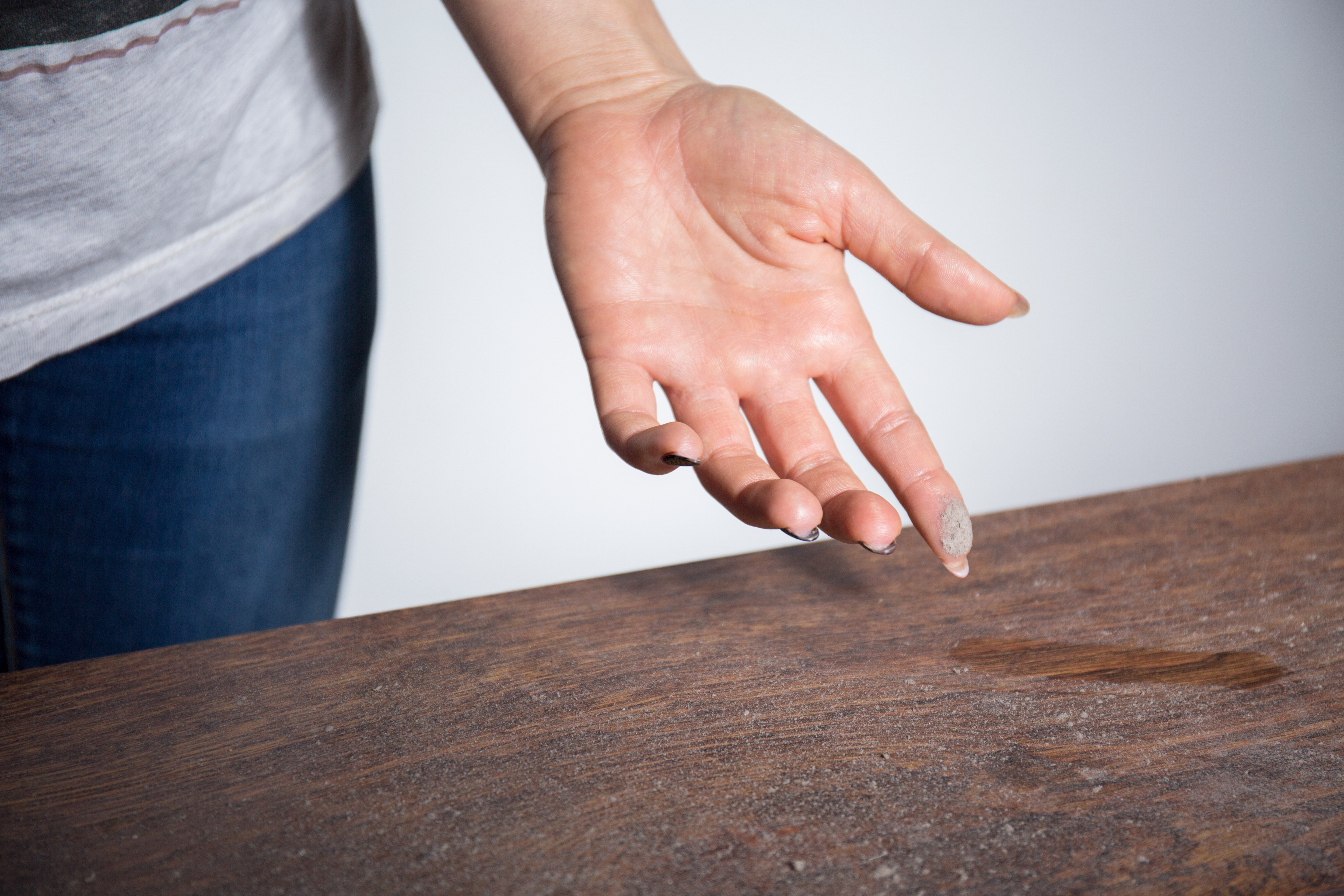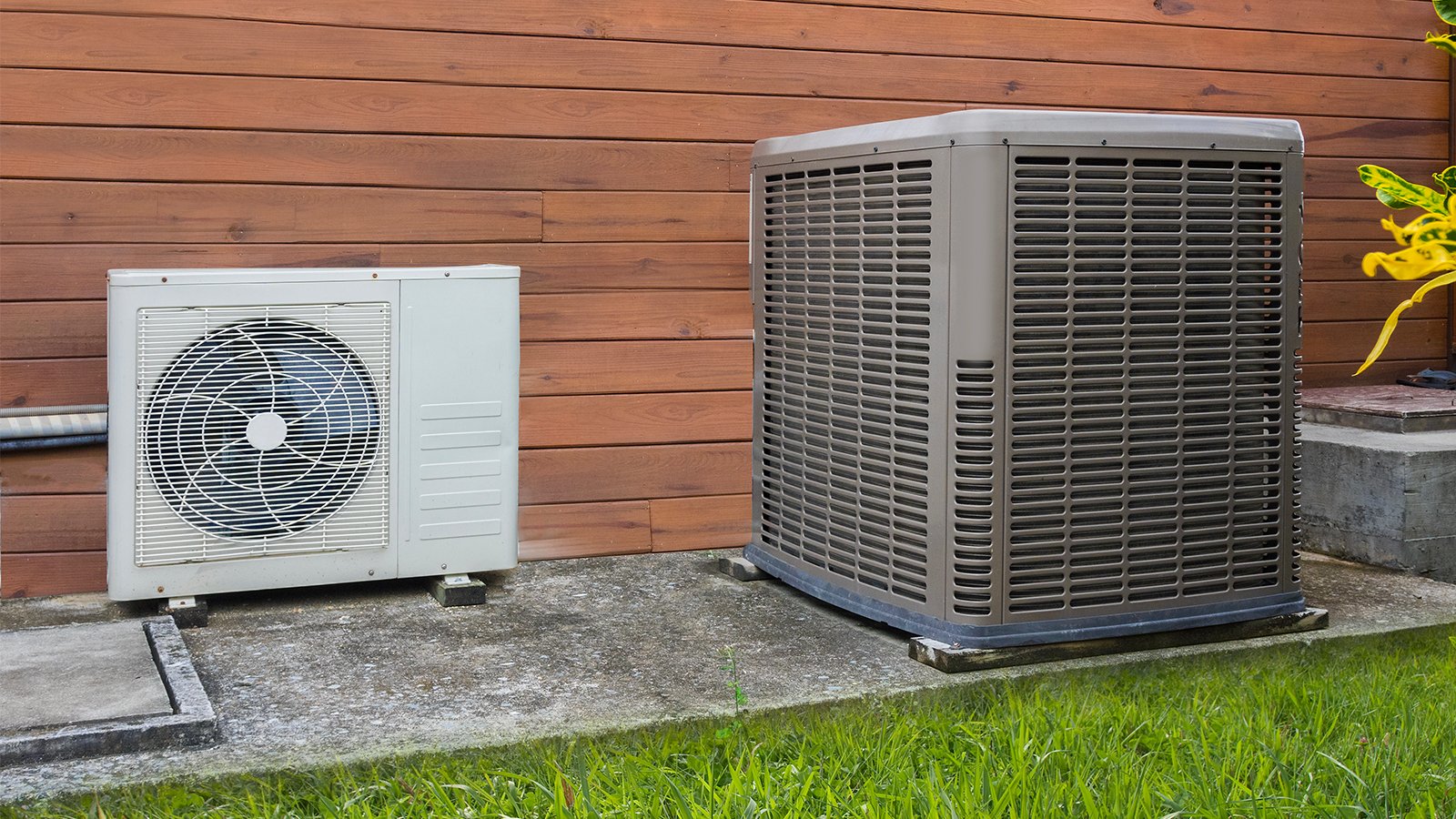
As winter sets in, the air tends to become dry due to the cold temperatures and the use of heating systems. This dry indoor air can lead to a range of discomforts, including dry skin, irritated sinuses, scratchy throats, and even an increased risk of respiratory infections. Integrating a humidifier into your home’s HVAC system can be a game-changer for improving indoor comfort and health during the winter months.
The Benefits of Adding Moisture to the Air
- Improved Respiratory Health – Dry air can aggravate respiratory conditions such as asthma and allergies, making it harder to breathe. Adding moisture to the air helps soothe nasal passages, reduce congestion, and lessen irritation.
- Enhanced Skin and Hair Health – Low humidity levels can cause skin to become dry, flaky, and itchy, while also contributing to brittle hair. Proper indoor humidity helps maintain skin hydration and reduces issues like chapped lips and static electricity.
- Better Sleep Quality – Dry air can cause throat irritation, leading to snoring and disrupted sleep. A humidified environment can keep airways moist and improve overall sleep comfort.
- Protection for Wooden Furniture and Floors – Low humidity levels can cause wood to crack, warp, or shrink. Keeping the air properly humidified helps preserve furniture, flooring, and other wooden elements in your home.
- Energy Efficiency – Moist air feels warmer than dry air, allowing you to lower your thermostat settings while still feeling comfortable. This can result in energy savings and lower heating bills.
How HVAC Systems Integrate with Humidifiers
Whole-home humidifiers can be integrated directly into an HVAC system, allowing for consistent and controlled humidity levels throughout the house. These systems work by introducing moisture into the heated air before it is circulated, ensuring balanced humidity in every room. There are different types of humidifiers that can be used with HVAC systems:
- Bypass Humidifiers – Use the furnace’s blower motor to circulate air through a water panel, adding moisture before distributing it through the ducts.
- Fan-Powered Humidifiers – Have their own fan to increase water evaporation and moisture output, making them more efficient for larger homes.
- Steam Humidifiers – Produce steam and inject it directly into the air supply, offering precise humidity control and higher efficiency.
Maintaining Your Humidifier for Optimal Performance
To ensure that your humidifier functions efficiently, regular maintenance is necessary. This includes:
- Cleaning or replacing filters to prevent mold and bacteria buildup.
- Monitoring humidity levels to keep them between 30-50%, avoiding excessive moisture that could lead to mold growth.
- Scheduling routine HVAC inspections to keep the system running smoothly.
Incorporating a humidifier into your home’s HVAC system is a simple yet effective way to enhance comfort and well-being during the winter. By maintaining optimal humidity levels, you can improve respiratory health, protect your home, and even reduce heating costs. If you’re considering adding a humidifier to your HVAC system, consulting with a professional HVAC technician can help you determine the best solution for your needs.









